

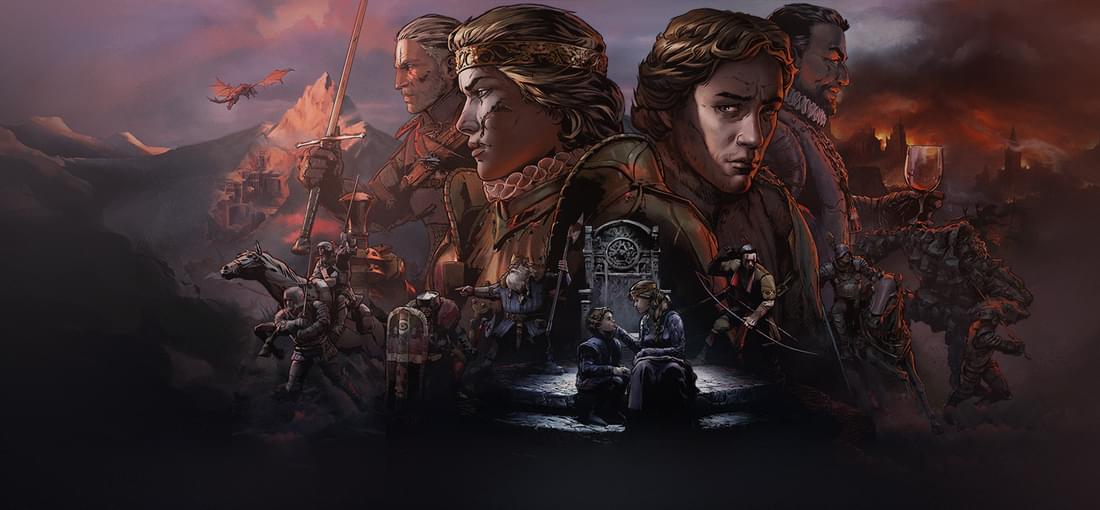
What is The Witcher Tales: Thronebreaker? You’d be forgiven for saying “it’s a card game”, but after playing through all of it I can honestly say that from where I’m standing it seems to be a very decent RPG that merely uses the cards as a vehicle for it’s gameplay mechanics. What do I mean? Well, let’s start with the fact that Thronebreaker has a full, about 30 hour long story campaign full of choice and consequence, different characters and locations that broaden your understanding of the world of the Witcher. It is fully voice acted, to boot! The story of the game puts you in the shoes of Meve, The White Queen of Lyria and Rivia, during the Second War with Nilfgaard (depicted in the later books of the Witcher saga, before the action of the games). As Meve, you will witness first the fall of your realm to the overwhelming forces of Nilfgaard, then a gruelling partisan campaign that will take you into both conflict and comraderie with the nonhumans of the Continent, and finally a triumphant comeback to your homeland on the head of an army. The story isn’t maybe particularly mindbreaking or full of twists (though there are a few), but I found it consistently engaging. It is well set in the grim, unforgiving and morally ambivalent world of the Witcher, and will give you plenty of choice and consequence in difficult matters of war, guerrrilla and terrorist campaigns, warcrimes, human and nonhuman relations and so on. On the technical side the game is competent although clearly lower-budget than the main witcher games. The graphics are drawn 2d, kind of reminiscent of a fantasy painting. Even they have their high points though. Specifically, I think the in-game maps of the different regions are downright beautiful. If you want to seee HOW it plays before you try yourself, you can check my blind lets play on the channel here: www.youtube.com/watch?v=-3KVOBPfFiY&list=PLp4TpsJ7HUWVUEIboKyE2z8Qr4J51iryq&index=1
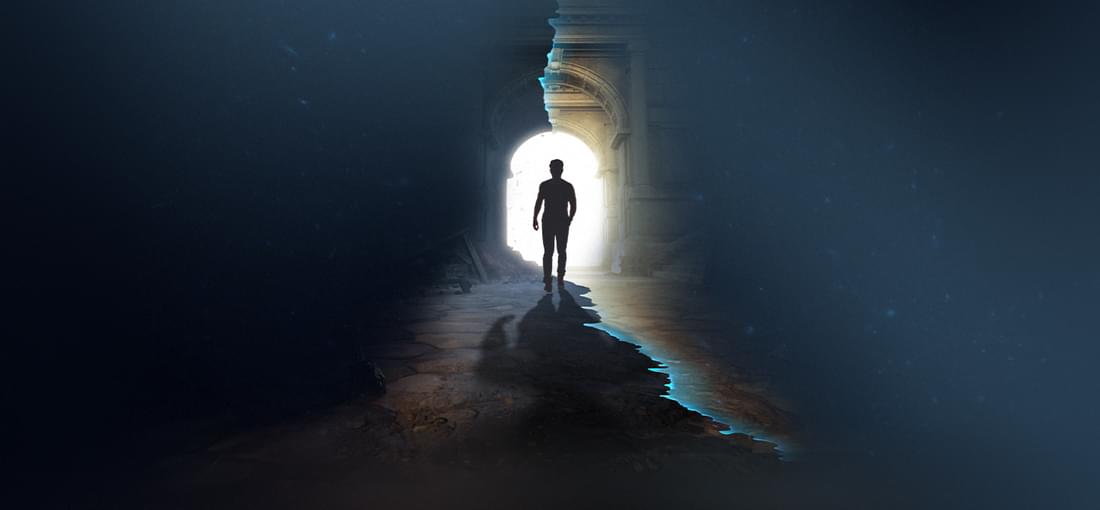
The Forgotten City tells a story about morality and sin, and about time. The main gameplay loop is as such: you discover a forgotten city governed by the so called Golden Rule - “many shall suffer for the sins of the one”. If only one person commits a sin in the city, everyone will be punished by death as a result. You soon discover you’re stuck in a time loop, reliving the same day over and over again, both trying to stop people from violating the Golden Rule which led to the city’s destruction, and learn more about it’s origins, purpose, about who made it this way and about how to break the loop. The biggest positive of the game is undoubtedly the story – it brings up interesting questions about morality and fate and religions, and also throws in a certain twist that while I was not a fan of might be interesting to some people. That being said, while I overall enjoyed the story, there was one thing that irked me. As I said, the game concerns itself with ethics to a large degree, and you’re able to discuss those with the characters in game. With that in mind, I found myself unable to express my own, real thoughts on the topic within the dialogue options provided by the game. Another gripe certain people might have with the game is that it is rather light on gameplay – there’s some minor combat, but it’s by no means a major part of the game. The vast majority of it is just dialogue and exploration. It wasn’t a problem for me, but it might be for some people. That being said, I recommend The Forgotten City if you’re tolerant of the “walking sim” genre, and especially if you’re interested in philosophy. I definitely had fun with it and what it had to offer. If you want to see how the game plays, you can see a bit of my blind lets play: www.youtube.com/watch?v=c5U22oS772A&list=PLp4TpsJ7HUWXfyG6kYW1aCp0MTUC6NJyr
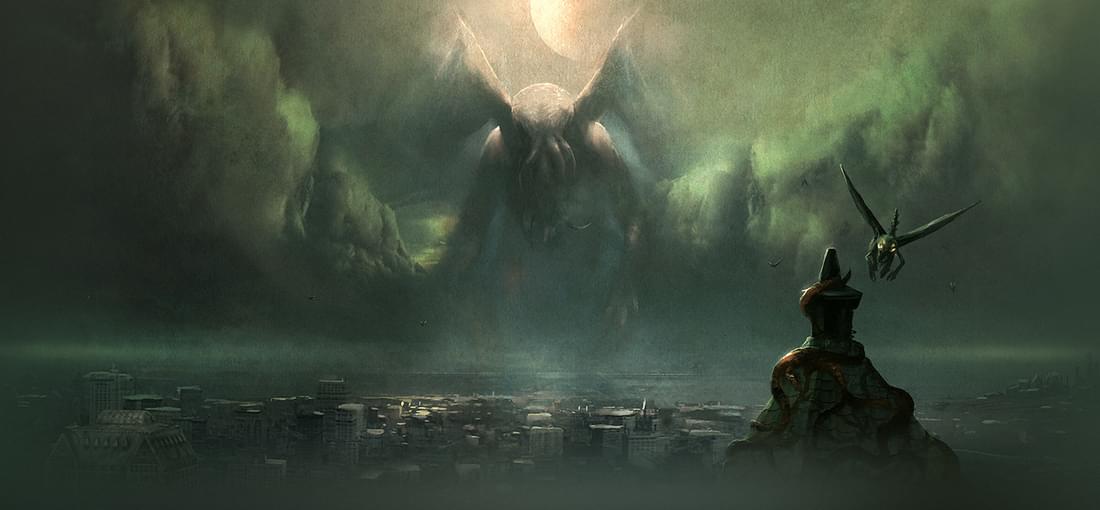
I stumbled upon the 2019’s Stygian: Reign of the Old Ones. A full blown RPG with character creation, skillchecks in dialogue and companions, set in a classic lovecraftian setting? Count me in! It starts promising, if a little cliche – a character creation full of lovecraftian archetypes, a scholar, an occulist, an aristocrat, a private detective... You get to asign points to various skills, and some of them seemed pretty interesting and while you get some that are of obvious use in an action scene, like firearms or melee or medicine, some others are strangely out-of-combat specific, like psychology or science. Now, when the first combat concluded I discovered probably my favourite system in the game – ANGST. Every encounter you survive, regardless of whether you win or run away, levels up your ANGST. Every time you gain an ANGST level, you gain a special perk. They are nothing but an obligatory drawback, to represent your character slowly falling apart mentally as the strain mounts. Some of the negative perks affect dialogue, changing some of your options into deranged, bloody script, making it harder to communicate with some npcs or to finish some quests. What about the story? I’ll admit, it’s pretty formulaic – a small town, dark cults, Cthulhu himself... I wouldn’t say it’s great, but it’s servicable and okay. There’s also some cool 2D visuals in the game, befitting the tone and the lovecraftian theme. BUT. There’s one big problem with the game. When it really picks up speed and you’re like “heh, that was actually a quite cool first half of the game”, the game just... ends. No conclusion, no resolution, no solving the plot threads set up earlier. Just... ends. It’s kinda like the devs ran out of money or time?
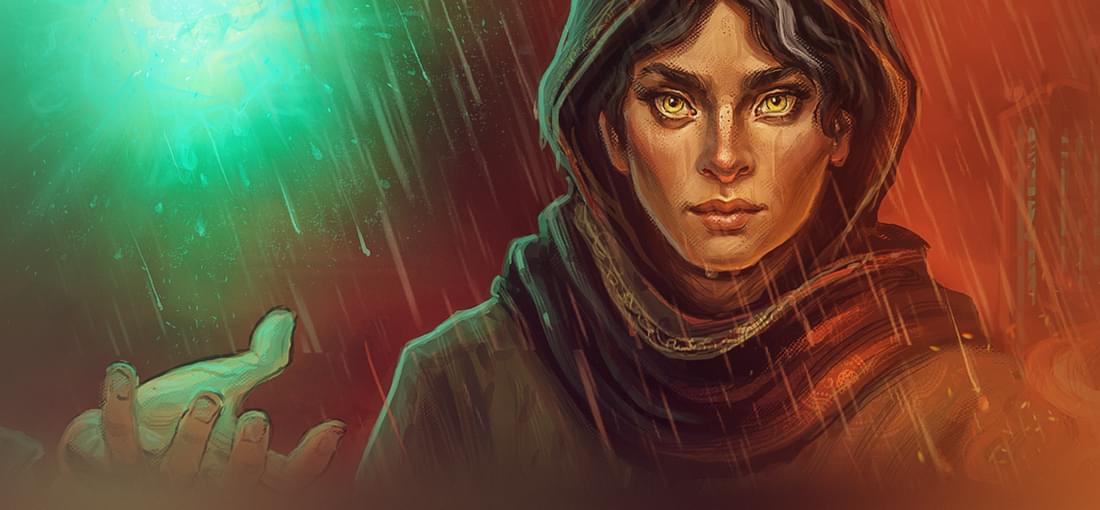
“Unavowed” is a modern urban fantasy game. By that I mean it’s set in our modern world, but magic, magical beings and supernatural forces exist in it. You play as a member of an order that takes care of supernatural crimes and protects people from supernatural monsters. The first thing that is nice about the game, and I think pretty unusual for an adventure game, is that it offers different character origins – you can either be a cop, an actor or an actor. Another good thing about the game is the story itself. Without spoiling too much I’ll say that it offers some nice choice and consequence that I also didn’t expect in an adventure game, as well as some interesting takes on classic fantasy tropes. There is also a couple of scenarios that I think make for a good food for thought. It’s worth noting that the game is fully voiceated and the voiceacting itself is by no means bad. I think it adds a lot of life and personality to the game’s cast of characters and is definitely an advantage it has over “silent” adventure games. So what about the negatives? There’s mainly one thing, in my opinion. As an adventure game, “Unavowed” is really easy, even for newcomers to the genre, like myself. I seldom felt real satisfaction after progressing, just because what to do was pretty obvious most of the time. As a result, I think the game might be too easy for people who are used to play adventure games. But I think even if you treat it as a RPG-lite kind of game, it’s still possibly worth checking out just for the story, the characters and the choices. If you’re interested in checking the game out, you can see my blind playthrough for a bit to check how it plays – or if you’re interested in someone tackling it for the first time: https://www.youtube.com/watch?v=OkuQ-rA4oEQ&list=PLp4TpsJ7HUWWbXQGxOA2-D3Wh75MMgxE1&ab_channel=LittleDwarf
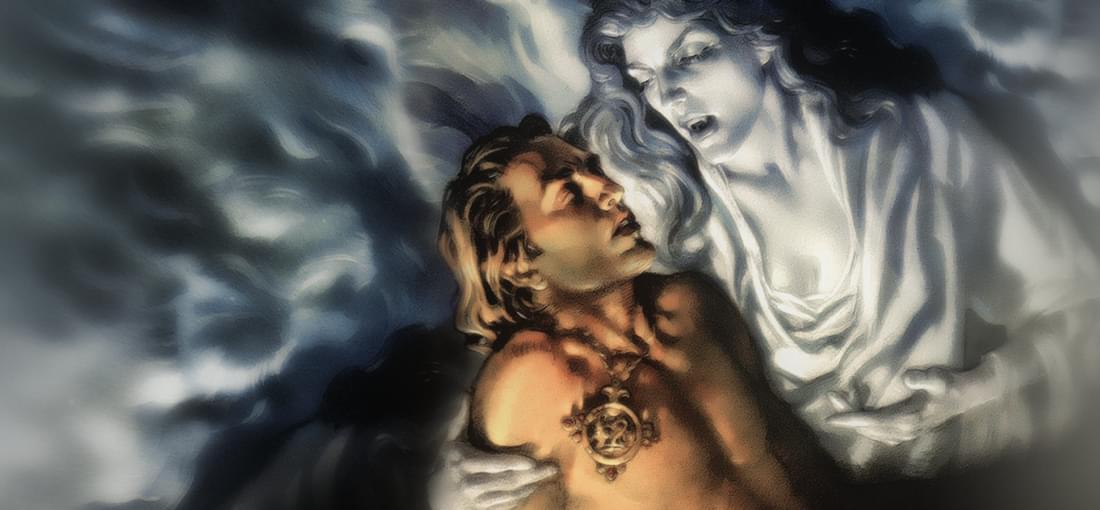
I am slowly acquainting myself with the classics of the adventure game genre. Recently I played all three of the Gabriel Knight games. I really loved GK1, I found GK2 to be a little bit worse and more of an interactive movie than an adventure game, but still fun. And then there’s Gabriel Knight 3: Blood of the Sacred, Blood of the Damned. The actual first impression is... not great. In lieu of charming, old-fashioned drawn 2d graphics or FMV, you get this cartoonish, clunky, early 3d graphics. The resulting presentation is weird and silly. To make matters worse, at least for me, the story seems to veer to much into the supernatural for my tastes, compared to the previous games. They had supernatural eleemnts, sure, but were firmly set in a historical context, with a lot of historical characters and events and places. GK 3, on the other hand, seems to jump the shark re: the supernatural. But the thing is, despite it I still liked it and would recommend it to anyone who wants a good adventure game. Why? Because I think it does the “adventure” part of it very well. There are some pretty cool puzzles, but there’s specifically one that makes the game worth it in itself. The Red Serpent puzzle. I said it’s “one puzzle”, but in reality it’s... like it’s an overarching puzzle made out of little puzzles as continous steps on a larger journey. It’s the coolest puzzle I ever saw in a game, because it felt in itself like a journey, as you discovered other little clues that put you further on the way to solve the entire thing. It really felt like an adventure in and of itself. And there’s a lot of variety in that puzzle – working with words and foreign languages, photos, maps, etc It really made the game for me, and I think if you’re a fan of adventure games and of puzzles you should give GK3 a try, If you want to see me tackle the game, you can watch my BLIND playthrough here: https://www.youtube.com/watch?v=7VI8FHIemaw&list=PLp4TpsJ7HUWWjbeuAHAW64qnasbGcEZ8G
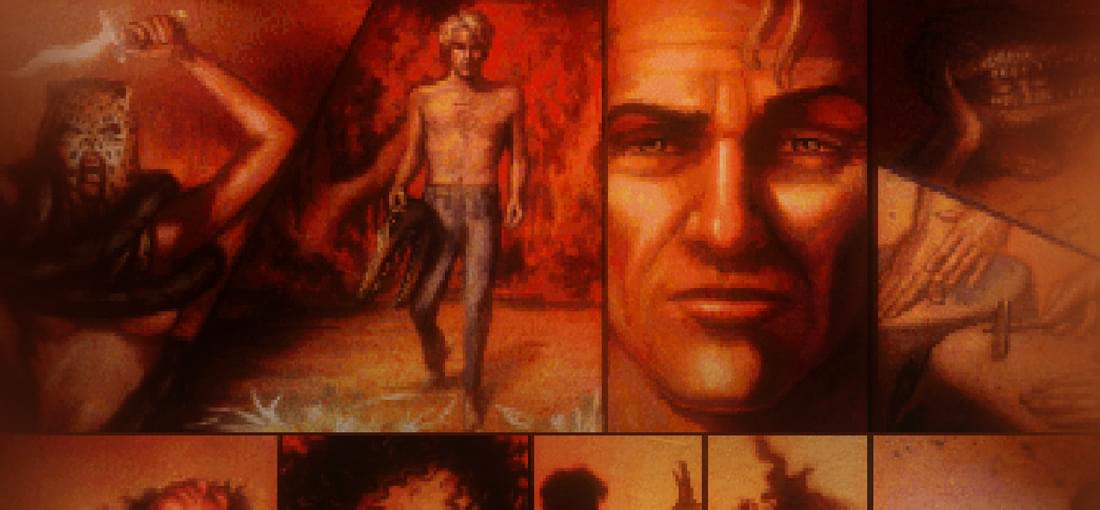
One of the titles I’ve seen listed many a time in “the greatest adventure games” lists of sorts were the Gabriel Knight games, so I had high expectations when I decided to play them. And I’m happy to say that at least the first installment definitely cleared that bar of high expectations and I had a blast with the game and would like to recommend it to anyone who, for whatever reason, has not played it, even if they are just starting with the adventure game genre like me. First, the technical side. The game is old, having come out in 1993. So obviously on the graphics front it’s not going to win any beauty contests, and the pixelation sure is high. Your imagination is going to have to do some work to fill in the blanks. But that doesn’t mean that the game doesn’t have highlights on the technical side. Case in point – voiceacting. The game is fully voiceacted, and voiceacted well. I’m also happy to say that despite the game’s age it isn’t that hard to navigate or play, and is overall approachable. There are a couple of harder puzzles, but I think they are also really well done and satisfiying to solve. I particularly loved some that involved secret codes and cyphers and things like that. But I think where the game really shines is in the story department. The game is set in New Orleans and tells you about the life of one Gabriel Knight, a struggling bookstore owner with a family secret legacy and how he comes to claim that legacy. As a European it was neat to me how the game tried to give you a feel and some information and trivia about New Orleans as a city, and about certain unique elements of it’s culture. But what’s especially neat is how detailed the game gets when it comes to descriptions of Voodoo, which is central to the game plot. If you think it would be interesting to see someone tackle it for the first time, you can see my blind letsplay on my channel here: https://www.youtube.com/watch?v=us1SGVjYKmU&list=PLp4TpsJ7HUWUCePuTE59aEBPA1xP7_sDn
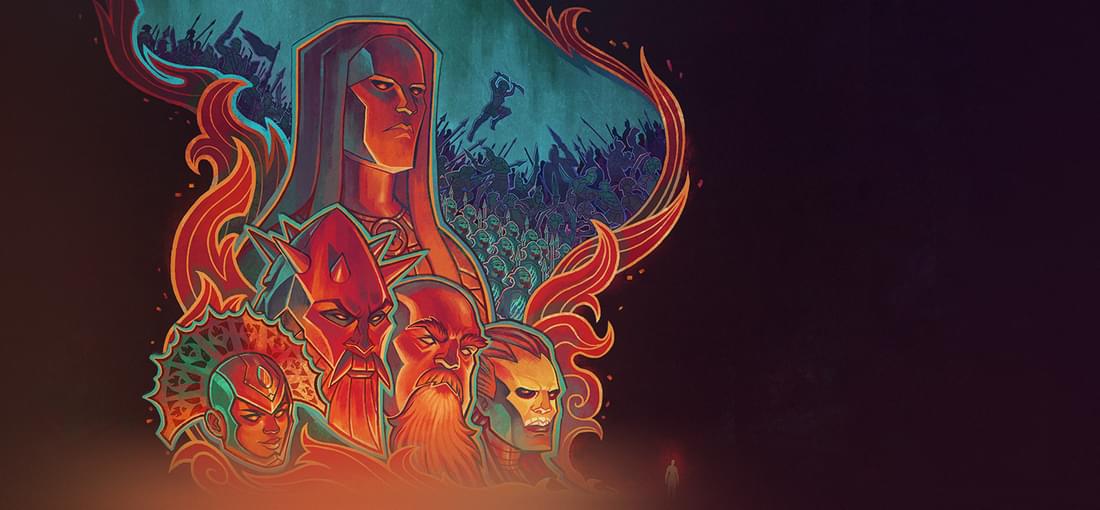
A thing I thought was great and fresh was the setting. I think western RPGs have a bit of a style overload when it comes to “traditional western late medieval” aesthetic. You know, knights, full plate, jousting, things like that. So I like that Tyranny went more in the ancient direction, sort of cusp of the Iron Age. It actually played well into the story, and I loved how “smelting iron” was in itself presented as a bit of a mystical thing, with the Forgebound. Another thing – I like how your role as a Fatebinder, a judge and executioner in one, made it easy to justify you passing judgement on passerbys, or offering your opinion in moral dilemmas. Often it feels a little artificial, because why would a random nobody care for your opinion if you’re just a random adventurer/soldier, but here passing judgement is LITERALLY YOUR JOB, and it makes it fit. I did like the companions, too. That being said – is it just me, or did some companions got more shafted than others in the quest department? Now, there were also some things that I didn’t think worked so well. Overall, it sometimes felt to me like the game was written with the baseline of a certain path, and then the other path was like a path applied ontop of it. Despite those small gripes I think Tyranny was a pretty good RPG, with enough freshness in it’s setting and worldbuilding to make it stand out a little. I had fun the entire way playing it. If you think you could enjoy seeing a newcomer discover it, you can see my blind playthrough here: https://www.youtube.com/watch?v=I6AaQvxE1pg&list=PLp4TpsJ7HUWUxjukIOb8KpBwdLzKwezL7
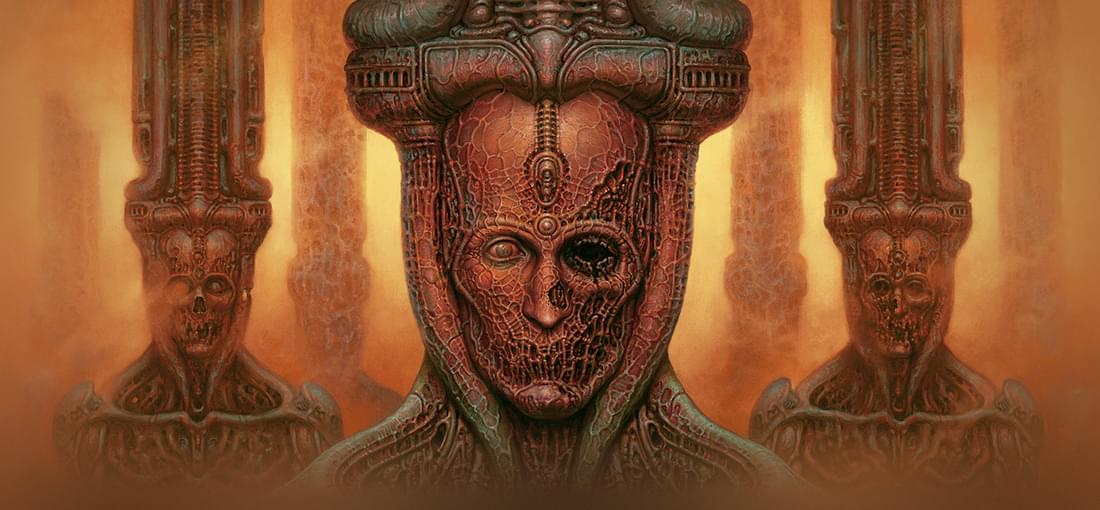
SCORN is... weird. It’s a game that’s very indirect about the story it tries to tell. You wake up without explanation in a decrepit ruin. You are clearly not human, as evidenced by you looking down at your own character’s body. The world you are exploring is also clearly not Earth – full of weird machinery, alien landscapes and even weirder, grotesque creatures. But the game never really TELLS you those things, or anything else. The best you can do try to interpret the story and the worldbuilding from the aesthetics and enviroments of the game. And the aforementioned aesthetics are the main draw of the game, and the main thing that makes it interesting. SCORN is positively disgusting, and in a good way. It’s populated by grotesque, mutated creatures that shamble about in unnatural ways, it’s full of bodily fluids, and fleshiness and weird variations of physical form. SCORN is not particularly original, mind you. On the contrary, it wears it’s inspirations on it’s sleeve, that being H.R. Giger and a Polish painter called Zdzisław Beksiński, but the thing is, I think SCORN is most likely the best recreation of those author’s styles I’ve ever seen in game form. And I think it’s worth experiencing just for that, because gameplay-wise SCORN isn’t really anything special. It has light puzzle elements and light combat fps elements, but mostly you just explore this weird, foreign world and wonder what all of the things you’re shown might MEAN. Mind you, if you have a low tolerance for “walking simulators”, SCORN might disappoint you as a game. But I think it’s still worth at least SEEING, so maybe I can interest you in my playthrough, here: https://www.youtube.com/watch?v=MjlmyjiXEvo&list=PLp4TpsJ7HUWW-rHKte3d1YwFdXfNh3sxO

It’s technically a sequel, but it’s a wholly unrelated story so you don’t need to play the first one. And in fact I’d say, save your time and skip the first one. But the second one actually did some things pretty well. It was advertised to me as an adventure game, but in truth it plays a little more like a graphic novel, because most of the puzzles are really simple, just bringing the right item to the right person, or combining items and the like. But there is one puzzle at the end that comes out of nowhere and is really convoluted and not at all well explained. It stumped me for like half and hour, but most of the time the game isn’t very complicated. It’s also an FMV game, so obviously the graphics and presentation look pretty dated, although there are some decent performances, especially from the main character’s best friend, who brought in a belivable performance for me that made me buy his relationship with the protagonist. So why give this game your time of day? The atmosphere. Without revealing to much, the protagonist suffers from some mental problems, and his mind unraveling is portrayed in an intriguing way, at least for the first third of the game or so. There are specifically some things that kinda like flash in the corner of your vision for a split second, leaving you wondering if you actually saw something, and what that was exactly. I found it to be pretty effective in building tension. The story overall is... well, it kinda fizzles out in the end in my opinion, and involves some plot twists that didn’t really fit, but the inciting events and the initial buildup is pretty atmospheric, as is the music that helps build the mood. If you want to see how it plays, or maybe just watch it (as I said, it’s kinda like a graphic novel), you can do so on my channel here: https://www.youtube.com/watch?v=Ihl0nNoiz4w&list=PLp4TpsJ7HUWWUA6NGTZB8YNmiT8VGcldH
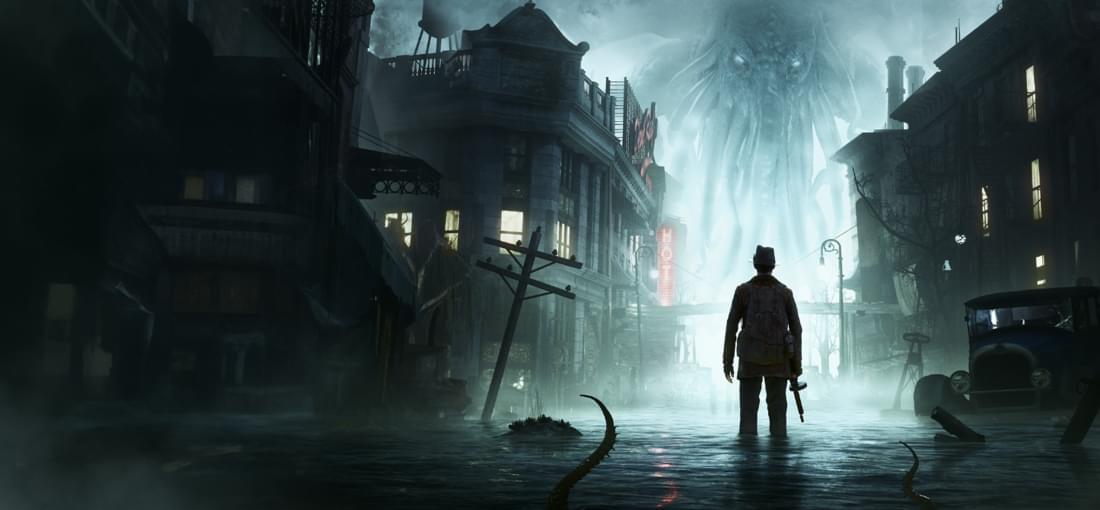
The Sinking City checks most of the classic “lovecraftian story” boxes. But as formulaic as it is, it approaches those familiar subjects in interesting enough style to be engaging. There are a couple of really interesting sidequests - most funny of all to me, you’ll get the priceless chance to relentlessly mock the Imperial Wizard of the Ku Klux Klan. Now, the main attraction of the game, and the reason why I’m writing this review, is the game’s investigation mechanic. You collect evidence, and then combine the clues to form conclusions that lead you to solve the case. It’s a pretty unique system and rather cool – at times, it really does make you feel like a detective, especially since the game does not use any kind of automatic quest markers, so you often have to research stuff in the library or various archives, then look at the map, locate the streets mentioned and go there to investigate. I defnitely think the investigation system has a lot of potential, but I’d love it if it gave me the opportuntiy to be WRONG more often, if I was careless when analyzing a case. The problem with The Sinking City is that the game really drags and is pretty tedious in every other element of it. First – the assets are riddiculously over-reused. There are literally only like 3 or 4 house layouts in Oakmont and they repeat over and over and over and over again. Second – the combat is rather unfun, with only 5 (!) types of enemies. Lastly – the city of Oakmont, while rather amospheric, is too big for it’s own good, especially coupled with the reused assets. Do I recommend The Sinking City? Not really. >I< personally kinda had fun, but I am a very patient person. I’d say only buy it if you’re a really big Lovecraft fan, and if the game is on sale. If you’d like to see how the game plays and whether it would interest you, you can see me playing it BLIND here: https://www.youtube.com/watch?v=PjSL_isUScA&list=PLp4TpsJ7HUWW0F9HWz0HO3d7fQwJk5Ldn